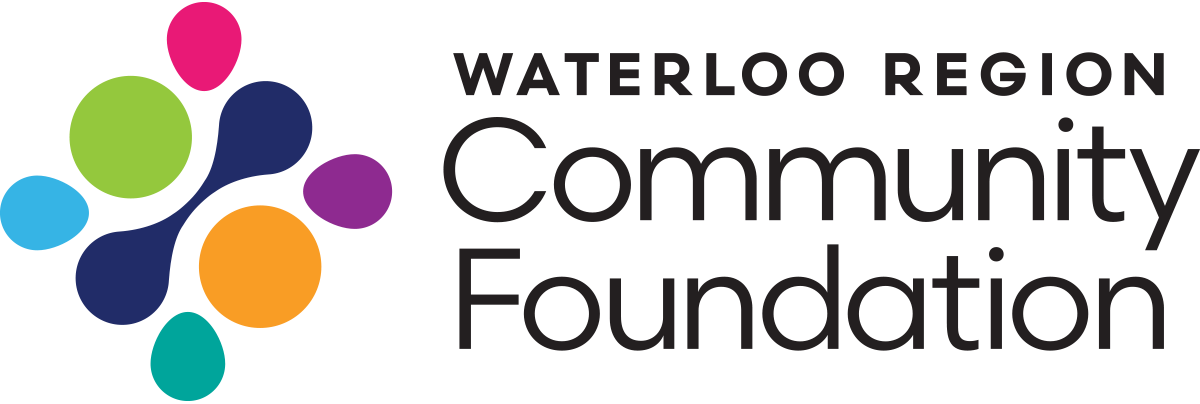Blog: An Infrastructure to Build Community
For the second half of 2023, the Board and team of Waterloo Region Community Foundation (WRCF) was hard at work crafting its first-ever strategic plan. We studied how the world was facing a polycrisis, how philanthropy was transforming, and most importantly, how Waterloo Region was continuing to change before our eyes.
As we were doing this, we were also releasing the 2023 Waterloo Region Vital Signs. Amongst all the data outlining our challenges with affordable housing, a chart on Page 32 stood out. To me, anyway.
Kitchener-Cambridge-Waterloo CMA. Note: *All other types of change would include people born after the 2016 Census and deaths and other factors that may have contributed to changes. For further definitions of the terms, see the endnotes. Source: Statistics Canada, 2021 and 2016. Census of Population. Combines population data from population distributions in each of 2021 and 2016, as well as data from Mobility status five years ago and Components of migration five years ago. All calculations by the author.
I knew our region is growing rapidly. We have Canada’s second highest in-migration rate, in fact, and we grew by 10% in five years (2016-2021), which is by 52,000 people. But that’s only half of the story. I learned through the report that our region also has Canada’s second-highest out-migration rate. We actually welcomed 108,000 new residents to the region during that five-year period… but said goodbye to almost 63,000 people who left town. Admittedly, 40% of that movement can be attributed to students coming and going, but 60% wasn’t. They are families and seniors, friends and neighbours, volunteers, patrons, and donors. It’s tough to think so many people felt they needed to leave Waterloo Region to have the life they wanted.
Moreover, it’s perplexing to contemplate how to build community when 1/6 of our population is new every five years. Our rapid change - both in numbers and in diversity - holds immense potential but also possible peril. Our growth to a million residents should be a source of unique perspectives, fresh ideas, and new experiences. It also could cause disruption, confusion, and a loss of shared identity. How do we ensure we don’t exclude people, neighbourhoods, or communities from the conversations and opportunities ahead?
As our larger society faces trends towards more polarization, isolation, and loneliness, we think Waterloo Region can instead realize our collective potential by growing into a place where everyone is valued, feels they belong, and can be part of helping to create something bigger.
How do we do this? By purposely investing in our community’s Social Infrastructure.
Physical infrastructure is the visible, built environment systems of housing, parks, roads, public transit, recreation centres, and the less visible systems of sewers and power grids. It’s the systems on which economic development traditionally relies.
Social infrastructure is the system of organizations, spaces and experiences that enable people to connect with each other. They are the bridges necessary to build trust and civic participation, to create a sense of belonging and wellbeing. It’s the system that enables sustainable widespread community development.
WRCF’s new strategic plan challenges us to explore and invest in a system of Social Infrastructure across the region. What are ways to create meaningful interactions between different communities, different neighbourhoods, different groups, and different generations? How can we encourage those sitting on the sidelines to participate in civic life? Many organizations are already building social infrastructure. We look forward to supporting those efforts and trying out new ideas too.
We believe if we can build enough social infrastructure, we can increase understanding of those around us, we can increase trust, and we can increase a sense of belonging and safety beyond our typical boundaries. We can be a community capable of coming together to accomplish big things, important things.
What do you think? Send me a note. Let’s get some coffee and figure out how we can work together to grow community as our community grows.
Eric Avner
WRCF President & CEO
eric@wrcf.ca


